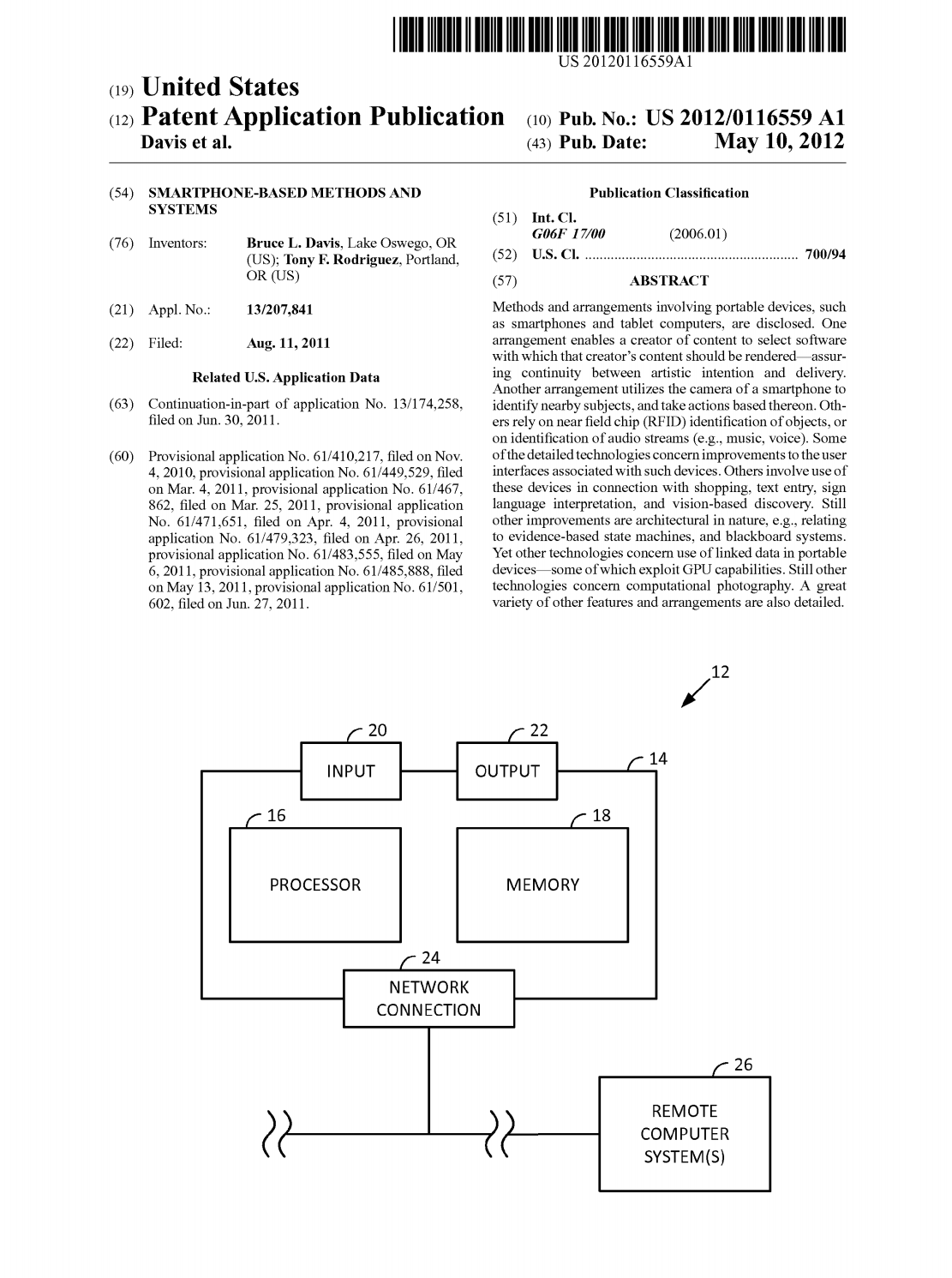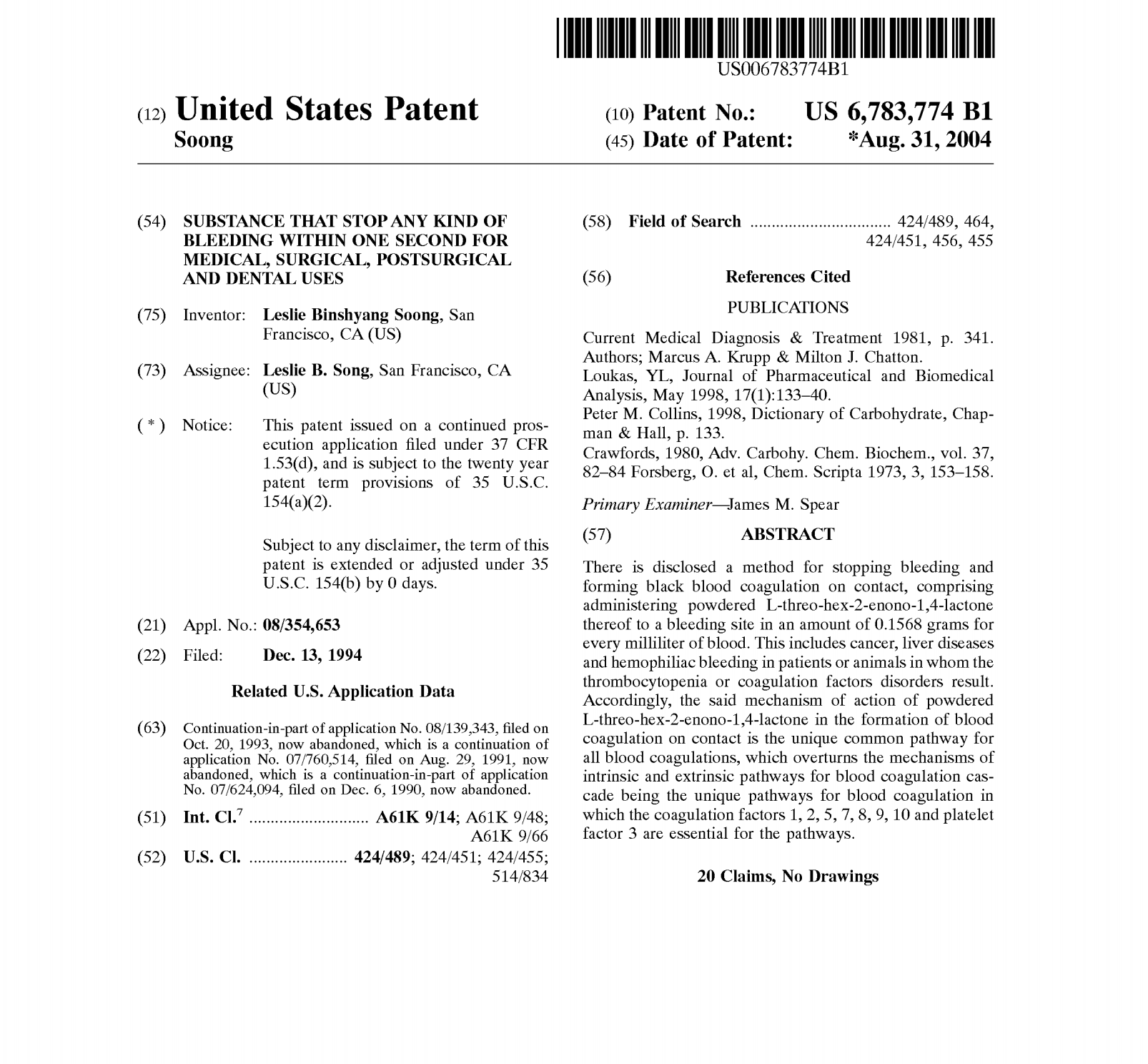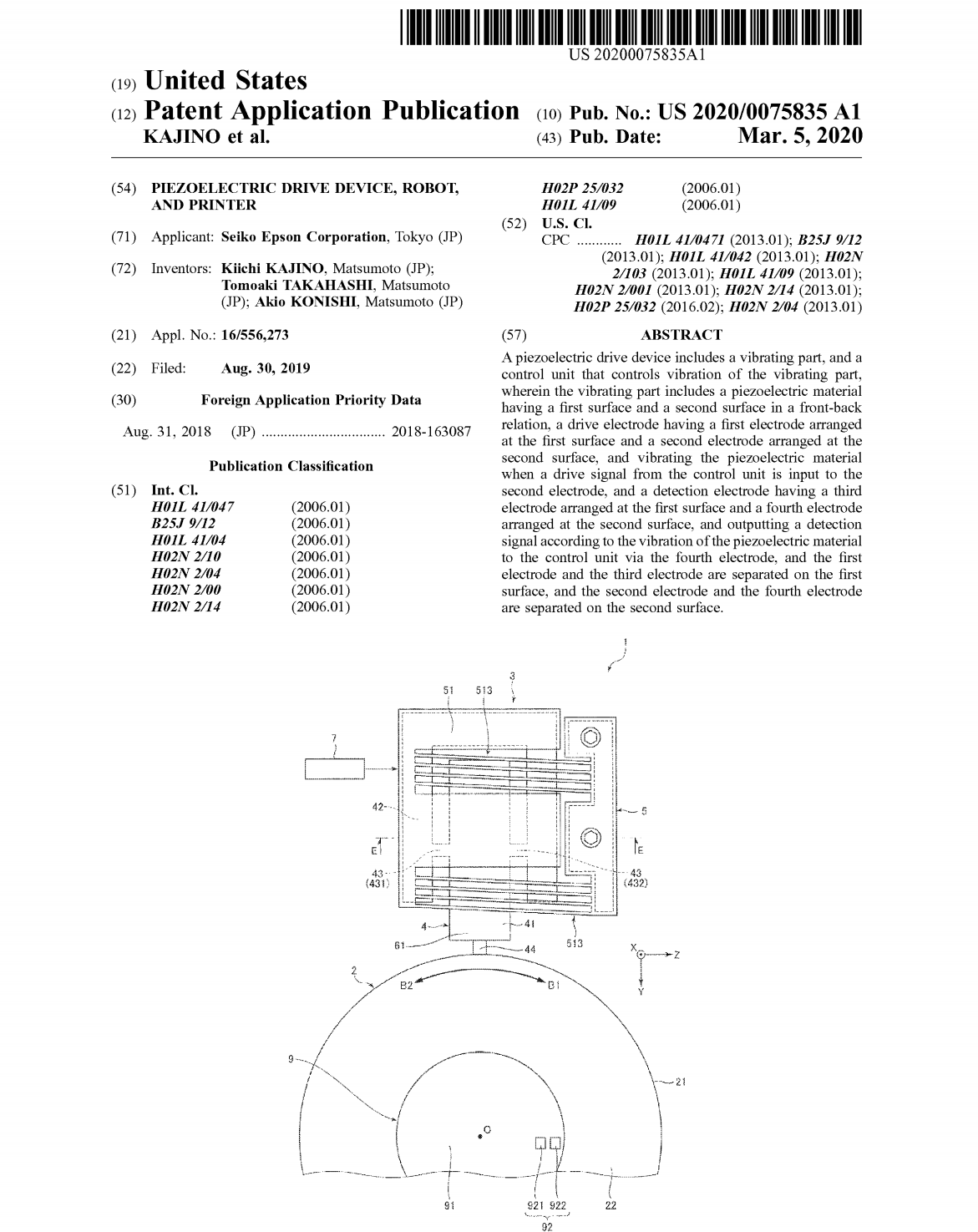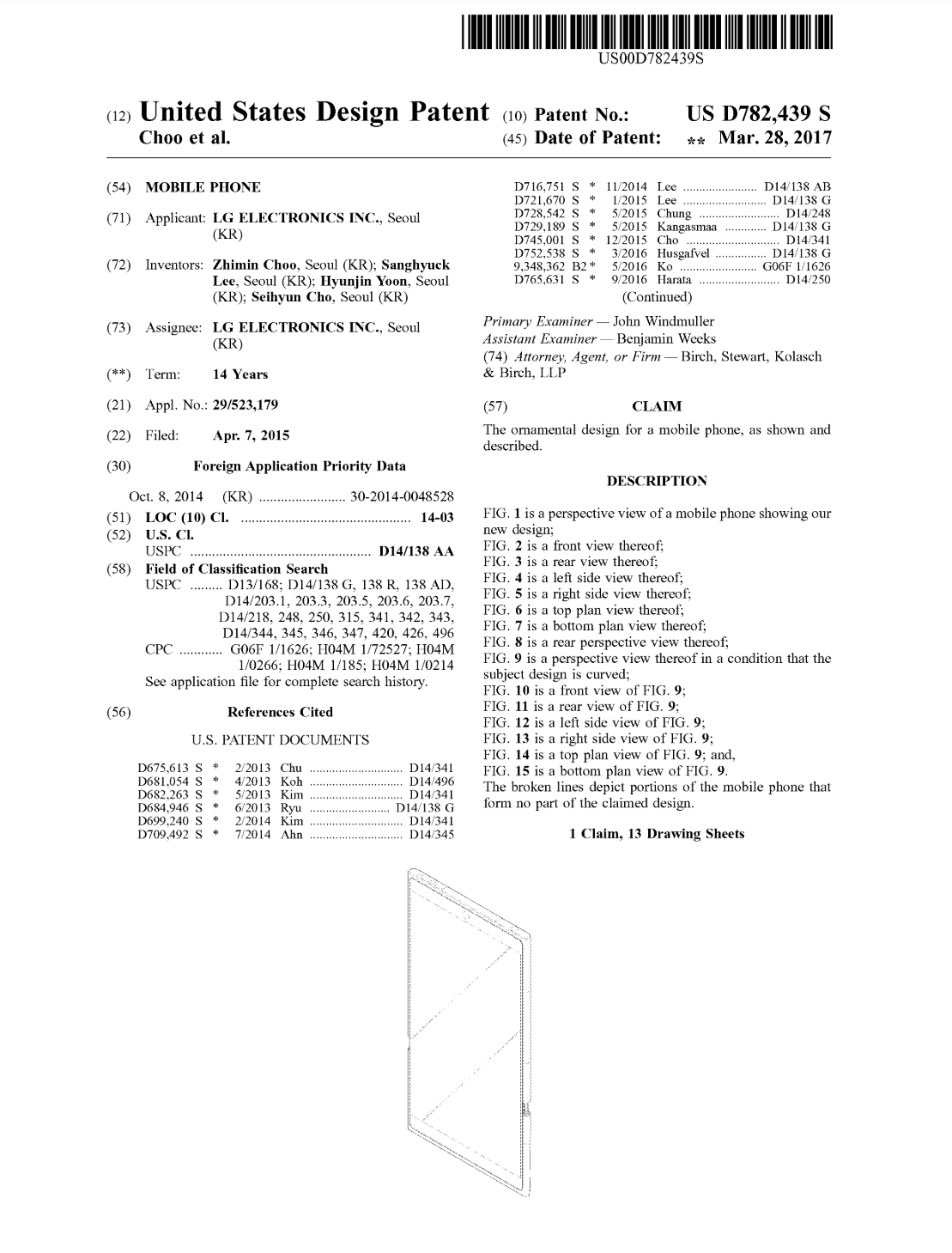
Real-Life Utility Patent Examples Unveiled
By Babak Akhlaghi on May 23, 2024.
Navigating the world of patents can be a daunting task for inventors and startups.
Understanding utility patents, in particular, is crucial. These patents protect the functional aspects of your invention, safeguarding your intellectual property rights.
In this article, we will delve into real-life examples of utility patents. These examples will help illustrate the concept and importance of utility patents.
Whether you’re an inventor, a startup owner, a patent illustrator, or a patent attorney, this guide will provide valuable insights into the utility patent process.
Understanding Utility Patents
A utility patent is a type of patent that protects the way an invention works. It covers the functional aspects of an invention, not just its appearance.
This type of patent is crucial for inventors and startups. It helps safeguard their intellectual property and fosters innovation.
What Sets Utility Patents Apart
Utility patents differ from other types of patents, such as design patents. While design patents protect the aesthetic features of a product, utility patents protect its functional features.
This distinction is crucial. It helps inventors decide which type of patent is most suitable for their invention.
The Criteria for Eligibility
For an invention to be eligible for a utility patent, it must meet certain criteria. It must be novel, non-obvious, and useful.
Novelty means the invention is new and not previously disclosed. Non-obviousness means it is not an obvious variation of existing inventions. Usefulness means it has a practical application.
The Role of Patent Illustrations
Patent illustrations play a vital role in the utility patent application process. They provide a visual representation of the invention, clarifying its features and functionality.
These illustrations help patent examiners understand the invention better. They also support the written description in the patent application, making it more comprehensive and clear.
Real-Life Utility Patent Examples
Example #1: Smartphone Technology
A great example of a utility patent is for a smartphone. This type of patent covers how the smartphone works, not how it looks. Check out the first example below. Also, a smartphone can have a design patent to protect its appearance, like its shape and style. Look at the second patent for that.

Smartphone Utility Patent
Smartphone Design Patent
Example #2: Pharmaceutical Innovations
Pharmaceutical compounds often receive utility patents. For instance, a new drug with unique health benefits can be patented, protecting the inventor’s rights and fostering healthcare innovation. Here is an example of a compound patent, which can apparently make any bleeding stop within one second.

Pharmaceutical Compound
Example #3: Advanced Energy Solutions
In the energy sector, utility patents can cover new types of engines or battery technology. These patents safeguard the inventor’s rights while promoting advancements in energy solutions.

Battery technology
The Importance of Professional Guidance
Navigating the patent process can be complex. Professional guidance is often crucial to ensure a successful application.
A misstep can lead to a rejected application, wasted resources, or a less effective patent. Expert advice can help avoid these pitfalls.
Why Startups Should Consult a Patent Attorney
Consulting a patent attorney is crucial for navigating the complexities of patent law. They can guide you through the process and help draft clear, detailed patent claims to avoid overly broad or vague descriptions that might weaken your patent.
Partnering with a patent law firm offers comprehensive support from a team of experts. Firms specializing in startup law are particularly beneficial as they understand the unique needs of entrepreneurs and can provide tailored advice.
Conclusion: The Value of Utility Patents
Utility patents are a powerful tool for protecting inventions. They safeguard intellectual property, foster innovation, and can increase a company’s valuation.
Understanding and navigating the patent process is crucial. With the right guidance and strategy, utility patents can significantly contribute to a company’s long-term success.
